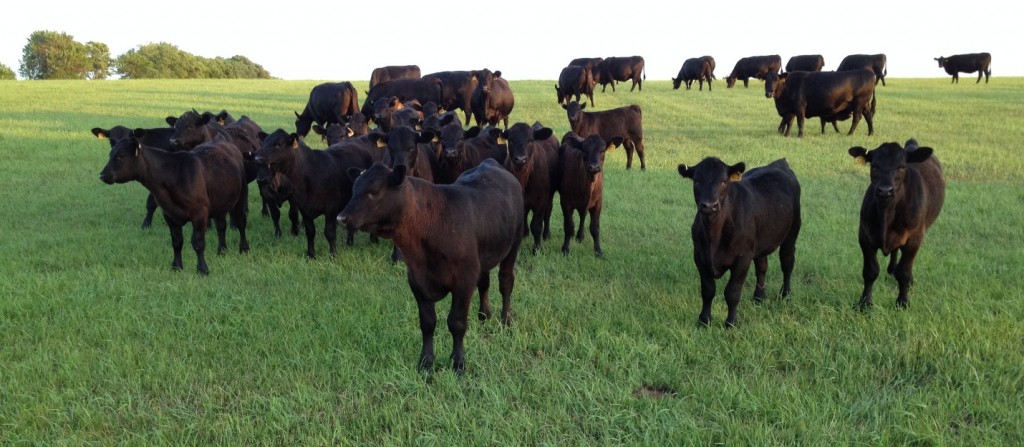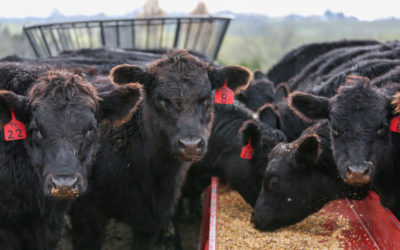
From homestretch to home stretch
We are starting to feed a little bit of that to give calves a taste, even though a few weeks ago their grass was so lush they would not have been interested.

As we get ready for preweaning shots and deworming, I think these calves are in the homestretch. They’re starting to get a little hay and grain to supplement the fading grass and prepare them for independent life in September.
The homestretch is a term borrowed from horse racetracks in the 1800s to describe the final phase of any endeavor. Applying it to calves now suggests weaning is the finish line, although in the big picture we have to realize this is just one of several laps on the track of beef production.
It’s critically important, a matter of life and death for some calves, but consider the other laps, some with no clear beginning.
We’re always out there starting the herd on some “endeavor” while another is in the backstretch or rounding a curve.
You might say it starts with selecting genetics, but those are passed down through generations in a marathon, yet decisions are made quickly. Developing heifers and getting them bred is more like one of the laps.
Another starts as we prepare for calving, with the homestretch taking in the last few calving events of the season as they near the pasture gate for the season of nursing and grazing. That’s the one now heading for the wire, where we’ll check the score on our scales and start them on the bridge to success and realizing their full potential.

After weaning, the calves will move on to local backgrounding on hay and silage top-dressed with grain. The first weeks in the drylot can make us wonder why we ever thought the calves were in a homestretch a few weeks earlier, but frequent monitoring helps us get acclimated.
Soon the first corner is behind us and we’re making arrangements for the handoff to a custom finishing yard for the steers after 60 days. A round of culling will send some calves to auction then, but most heifers will stay for more growing and development as replacements for the herd or later sales as bred.
Are the steers really in the homestretch at the finishing yard? As on every other step along the way, that’s a qualified yes.
The absolute homestretch is on the beef product side, when success is so close we can almost taste it.
When high-quality beef meets with great cuisine and cookery knowledge in a positive environment—our kitchen or dining room, backyard picnic or steakhouse with attentive waitstaff—that’s when the race is won for beef demand.
That’s when another positive eating experience generates the spark that ensures someone will buy beef again and signal us to keep producing more of the right stuff.
Let’s keep building tomorrow together,
–Steve
You may also like
New calf marketing routes
For the 70% or more of beef calves born last spring, more than the usual share veered from traditional roads to the feedyard come fall. Backgrounding those calves opened gates to several new revenue paths, though not without risk.
Progress from small steps
Every day is a chance to learn and get better. Thousands of others like my new friends in Alabama are taking steps to meet the shifts in consumer demand, and to know more. Small steps in the right direction can start now. Even if it’s just recording a snapshot of where you are today, a benchmark for tomorrow.
Not perfect, but working to get better
The CAB Cattleman Connection team heard its name called more than once in the virtual ceremonies, and each time came a sense of personal accomplishment, but even better: confirmation that we’re getting better at our craft. I hope that means we’re doing a better job for you.



